Bacon is the reason I started to finally eat pork.
I grew up in a no-pork-no-shellfish household and stuck to my guns re: swine until fall 2002 when I just couldn’t take it any more. Bacon smelled too too good for me to not eat. So, I bought a pack, cooked it up and basically ate BLTs for the entirety of my senior year in college. And I haven’t looked back. I am all in on the pork. All in on the shellfish. All in on most foods, generally. Because: why not?
But (in addition to mushrooms) there’s one thing I still cannot do. And that is British “bacon.” The smell of it cooking nauseates me. The taste of it disappoints me. The texture saddens me. For you non-Brits reading this, bacon in the UK is basically a thickish slab of cured ham with a ribbon of chewy fat at its base, and is what we in the US call “Canadian bacon.” The Brits call ours “streaky bacon,” aka streaked with fat, deliciousness and flavor. One is delicious and one is not. And I will fight you on this. American bacon trumps British/Canadian bacon every day and twice on (a) Sunday (brunch platter.) Except - !!!- hold the phone -!!! — it turns out Canadian bacon isn’t really “Canadian” or “bacon” at all—at least not as either Brits or Americans know it.
Canadian bacon is wet-cured pork loin that is sliced in rounds and commonly found on Egg McMuffins. American bacon, on the other hand, is cured and smoked pork belly that, when cut end-wise, reveals those tell-tale striations of which dreams (and BLTs) are made. British bacon, it turns out, is a combination of the two North American pork products—a round of loin and an attached nubbin of fatty pork belly that is always cured, and may or may not be smoked. You would think that combining two tasty things would result in something even tastier; you would be wrong. I’ve never met a British bacon I’ve enjoyed. But we are not here to talk about my disdain for so-called British “bacon.” Let’s get back to those Canucks and their cured pork.
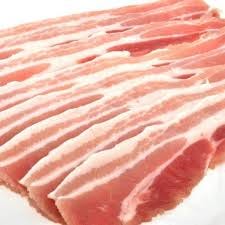
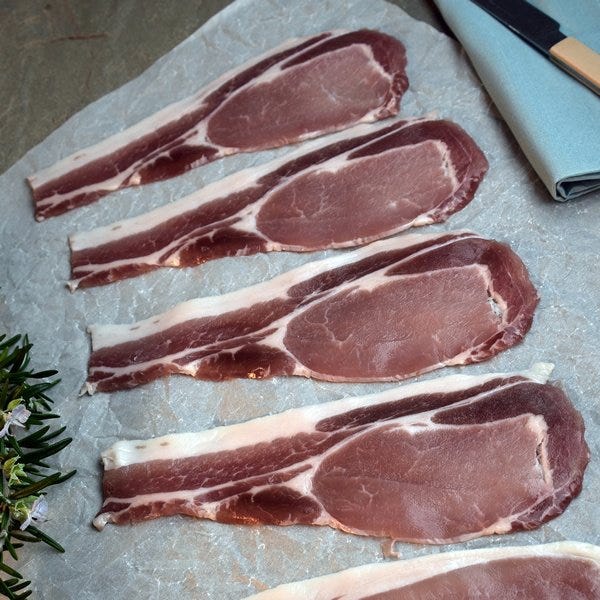
In Canada, what Americans call “Canadian bacon,” Canadians call “back bacon,” as the loin comes from the back of the swine. Like Americans, what Canadians call “bacon” is the delicious streaky pork belly product I embraced wholeheartedly as a 21-year-old. When I figured all this jazz out, I assumed my Canadian bacon investigation for this newsletter was dead in the water, as “Canadian bacon” seems to be nothing more than some weird-ass made-up American marketing term. And also a John Candy film— his last, in fact— and, don’t worry, we will get to him in due course. What is real Canadian bacon isn’t smoked — belly or loin— at all, but a little something known as “peameal bacon.” And it is weird and wonderful and I’m about to tell you all I know about it. But before we get to that, I’m going to let you in on a little secret.
I’m Canadian.
Yup. You read that right. In addition to being an Iranian-American who grew up in Michigan and lives London and is married to a Scotsman, I’m also a Hoser. Born smack dab in the middle of the capital city of Ottawa. In possession of a birth certificate that’s written in both French and English and graced with a raised seal from the province of Ontario. And a navy blue maple-leaf laden passport should I want it.
For years when I was living and traveling in Asia, my parents would send me emails that sometimes said nothing more than “WHERE IN THE WORLD IS ANNA ANSARI?!” They wanted to know that I was alive and where the f I was. I repeatedly told them that “no news was good news,” but clearly that wasn’t always enough. That’s where I got the idea for this newsletter’s name. That and the fact that Where in the World is Carmen San Diego was this geography-obsessed little girl’s favorite video game and PBS show.
The plan is simple: write about a dish from a different country every month. But I figured before we head out on our travels, I’d give you a bit of me. Something American— where I’m from. Something British— where I live. And, now, something Canadian— where I was born.
So here we are, three months in— ready to embrace my north-of-the-border identity and make some cornmeal-crusted Canadian charcuterie—because THIS, unlike what you find in a McDonald’s breakfast sandwich, is Canadian bacon.
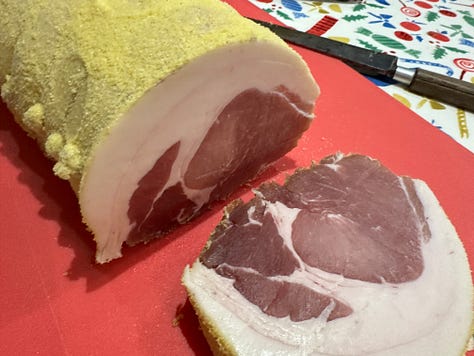
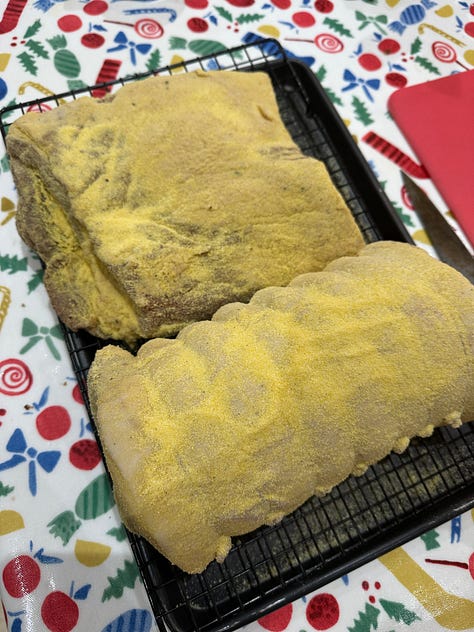
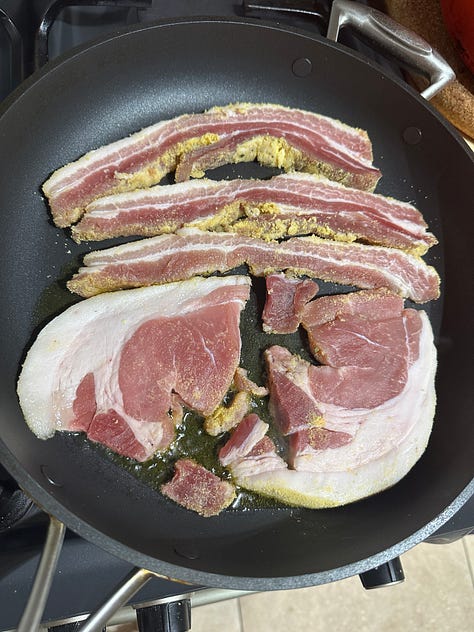
I cured a 2kg pork loin (and a similar sized pork belly, for good measure/curiosity’s sake) in a mixture of water, kosher salt, maple syrup, bay leaves, black peppercorns, mustard seeds and Ptrague Powder no. 1 for a week. Then I dried the bugger out, coated it in cornmeal, sliced, fried and fell in love with it. Peameal bacon. How fucking weird. And delicious.1
No peas were involved in the making of my peameal bacon, but they used to be. Peameal bacon was originally rolled in crushed split peas rather than cornmeal, as it is prepared these days. In 1854, Englishman William Davies emigrated to Toronto where he founded a namesake pork production company that not only became the British Empire’s largest pork packing company and was, at one point, responsible for over 50% of the Canadian bacon trade with Britain, but also established Toronto’s primacy as a pork producing center. By the early 1900s, Davies was processing half a million hogs per year! That’s a lot of bacon, yo. They don’t called Toronto “Hogtown” for nothing, and they wouldn’t ever have done so if it hadn’t been for William Davies.
In addition to basically being responsible for the creation of Canada’s pork industry, Davies also (maybe/supposedly) created peameal bacon. According to lore, Davies shipped some cured pork loin to relatives in the UK, packing it in a box filled with crushed split peas to help preserve its longevity. Lo and behold, the loin kept, was enjoyed by all who ate it and, voila, peameal bacon was born. These days, it is so beloved in Ontario—and Toronto specifically-- that, in 2016, the peameal bacon sandwich was named the city’s “signature dish.”
This is way more interesting that poutine, right? I had to make it. I just had to. And I had to write about it. And I’m so glad I did. It's easy. It’s tasty. And it’s fun. And, wow, is it delicious.
I love that an initial investigation into “Canadian bacon” led me here. I love that food and food history can take us on these unexpected journeys—not just through the world, but across time. I love what we can learn, what can be illuminated from a simple dish, ingredient or preparation. I loved learning how interconnected the Davies company was with the Canadian economy and the Torontonian nickname. And I loved using maple syrup, another particularly Canadian ingredient to whom we have Canada’s early indigenous peoples to thank, in my peameal bacon brine.
My older siblings tell me of the love they have for the maple candies that were sold at a market near the canal in Ottawa, of the love they have for the memories of ice skating down that canal in the winter, when I was nothing more than an early pregnancy in my mother’s uterus. I never lived in Canada—we decamped back to the US a few short weeks after I was born—but I loved going to Canada as a kid. Driving across the Ambassador Bridge, or going through the underwater tunnel to Windsor. Taking our boat across the river from our house to dock for lunch in Amherstburg (I talk a little about that house across from Canada in the most recent issue of Pit Magazine). Sporting a maple leaf pin on my backpack, proud to be not just an American, but a Canadian too! It was cool! Being Canadian was cool! I thought so at least, at that time; there was none of that American blaséness towards our northern neighbor in my pre-teen heart. I wore that maple leaf with pride….and so did John Candy.
I promised you Uncle Buck, didn’t I? And so here we are, very nearly at the end of our Canadian bacon discussion, very nearly at the end of our year and some very personal geographical inquiries. Tomorrow is a new year. In January, we travel. But in December, we look inward, we reflect, we get a little sloppy, a little sappy. We watch Lacey Chabert and Lindsay Lohan find love (and the spirit of Christmas) in movies, and contemplate family and home and, at least for me, childhood. And, for me, no childhood reminiscence is complete without John Candy.
That consummate Canadian, Second City comedy wunderkind and memorable Home Alone polka-meister truly warms the proverbial cockles of my heart, reminding me of youth and kindness and innocence in a way I can’t appropriately articulate. My sister Sara and I watched Space Balls over and over and over again after school at the Rajiv and Reena Tejura’s house in the late 1980s, grossed out by Pizza The Hutt, but enamored by Candy’s cuddly take on Chewbacca (with whom I was not familiar until I watched Star Wars for the first time in 1999 in anticipation of the release of The Phantom Menace), while Uncle Buck and The Great Outdoors were favorite family summer viewing a few years later.
I can still see our family friend Chris, Klondike bar in hand, on a hot summer’s evening, standing in our kitchen in Grosse Ile, laughing and reciting, “Bug? Gnat? Is there a little similarity there?” And I can see my dad waterskiing in the wake of our boat, and I can see Dan Ackroyd doing the same in the The Great Outdoors, and those raccoons that showed up in that ramshackle vacation home always reminded me of the ones that attacked our trash can on the reg, and scared the shit out of my brothers late one summer’s night. (“They were huge! They weren’t raccoons! They were wolverines! We swear!”) In my family, we were allowed to love the big guy who sat in the back of the polka van with Maureen O’Hara on her way home to Kevin — despite the fact that he was big, that he was obese. And that was a big deal in a household that hated fat more than anything else.

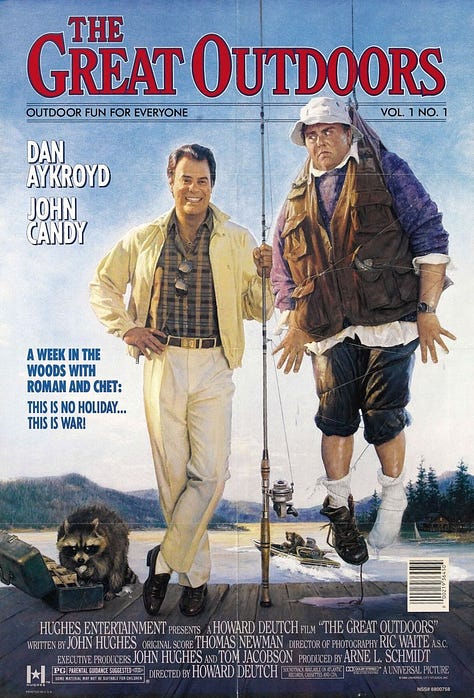
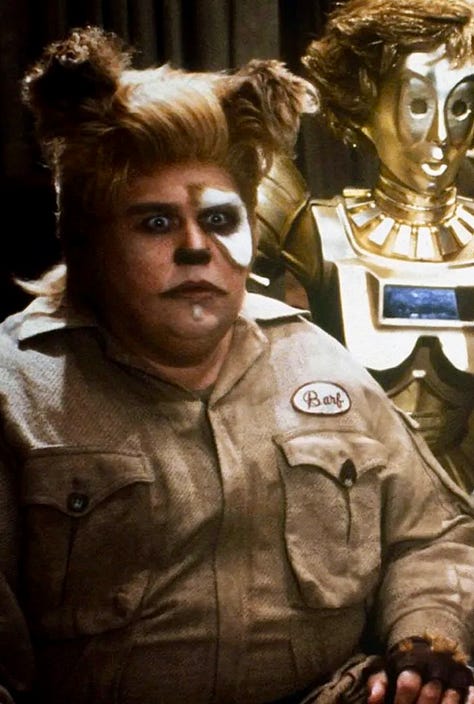
I could tell you about how, unlike my overweight mother or Roseanne Barr or Mr. Dave (“that fat slob was probably a lazy pervert” someone once said), we were allowed to like the obese Canadian comedy star, and I had planned on doing so. But, honestly, I’m tired. I’m so very tired, and I’m writing this on the train back from Scotland to London on New Year’s Eve. I’m tired of reflecting, of thinking about family and childhood. I’m tired of dealing with my long-standing weight and body issues and hatred and self-loathing and deeply internalized body-shaming proclivities. I want to start 2025 thinking about how funny John Candy was, and not notice how fat he was. I want to start 2025 thinking about how much I truly LOVED making and learning about Canadian peameal bacon and thinking about my birth country, and not about how much caloric excess I have consumed over the past month. I want to start 2025 on a high, thrilled to be bringing you more food, cultural and geographic explorations—and not just in this newsletter, but in October, when my debut culinary tome will be released in the UK and the US.
Where in the world is Anna Ansari in 2025? Right here. In your inbox. If you’ll have me. [And maybe a peameal bacon recipe too, if I’m not too tired in the next couple of weeks to get it to you.]
Happy new year!
What I didn’t slice and fry, I popped into the oven and roasted with a mustard and maple syrup glaze and ate alongside my mother-in-law’s Dauphinoise potatoes and air fried Brussels Sprouts, and that was also FUCKING DELICIOUS.




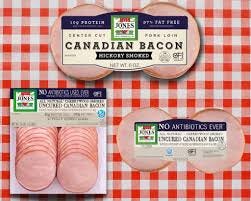
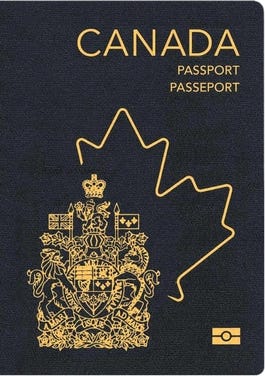
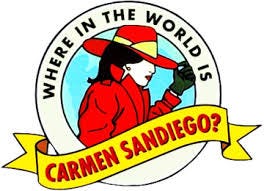
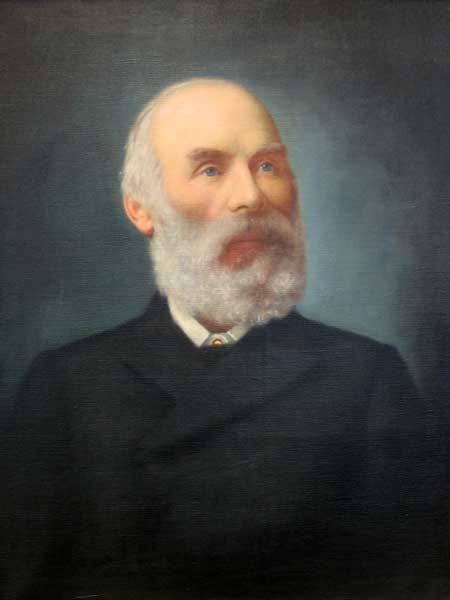
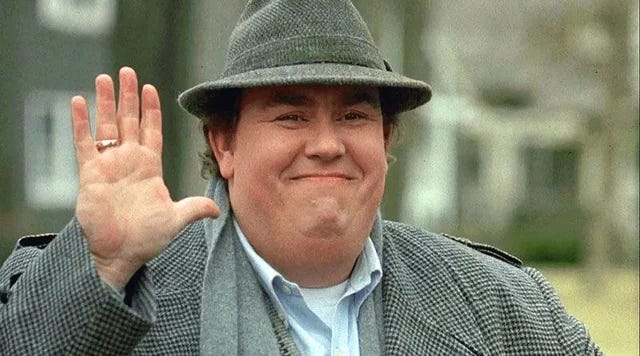
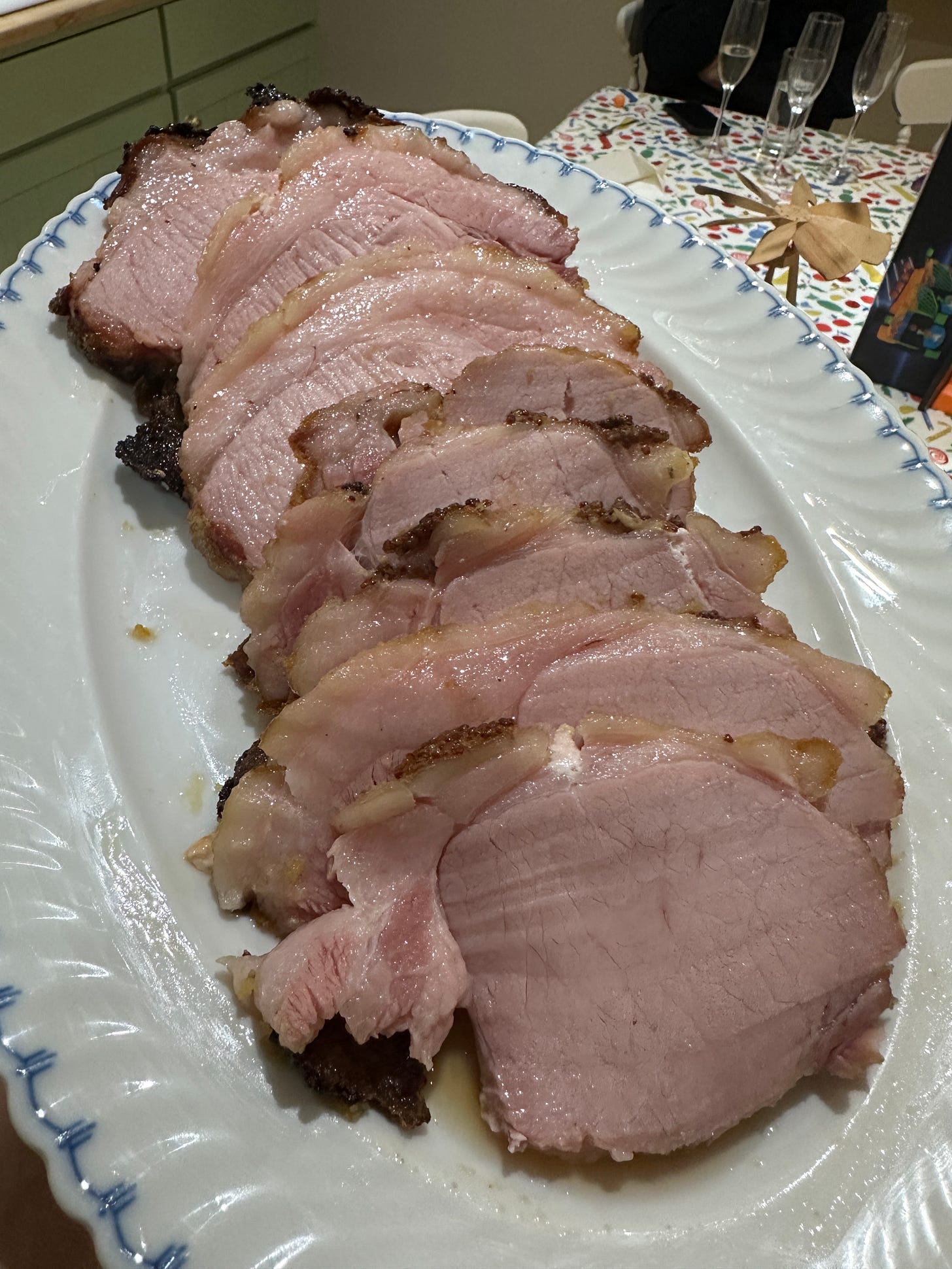
Now that you dare point it out, I think you’re right - you have to go hunting for decent bacon in the UK or else the default (as you might have found on your LNER journey) is something that resembles leather and may be oozing water in the form of a white gloop.
I made my own a few months back - asked the butcher for a belly to cure - and it was just marvellous even though I’d not done it before (and it’s easy). I feel like I’m just waking up to something…
In the UK we have streaky bacon and back bacon. The latter is what you’re describing as “British” bacon. But neither is inherently more British than the other. Both can be found in most supermarkets and butchers. And we know that if we want to avoid the weepy, disappointing stuff, we have to buy the dry-cured stuff (if we can afford it). Fans of excellent bacon here get it from sources like Emmett’s (a butcher/smokehouse with an online business).